What are low back pain and sciatica?
Written by:
The lumbar spine
The lumbar spine consists of 5 vertebrae and 5 discs are numbered from top to bottom (L1-L2-L3-L4-L5). The intervertebral discs are located between the vertebral bodies and make damper function. They have an area called peripheral annulus and a central nucleus pulposus. Explain specialist Traumatology when the annulus breaks, it runs off the core and forms a herniated disc.
Each vertebra is connected with the upper and lower vertebrae by two joints at the rear area thereof, so-called facet joints.
Spinal cord ends in the bottom of L1. From there they come the nerve roots that run within the neural canal. Since the neural canal, it exits, one by one, left and right, by foramina between two vertebrae. The union of the roots out of the channel form the nerves that go down to the legs and genital area, mainly the femoral nerve, sciatic, pudendal ...
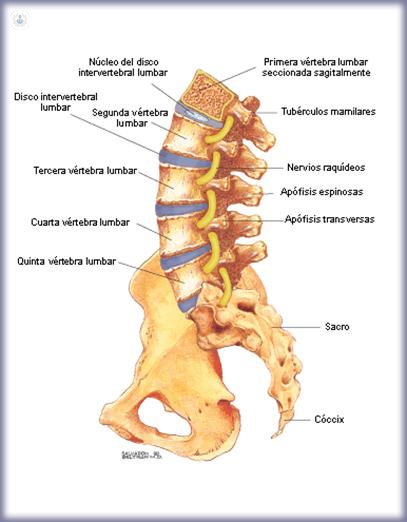
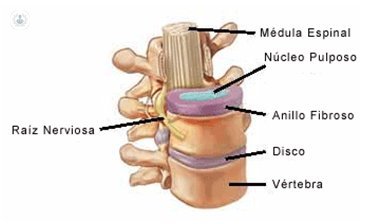
Currently we can see in detail what happens in the column by radiographs and particularly MRI, especially the últimageneración.
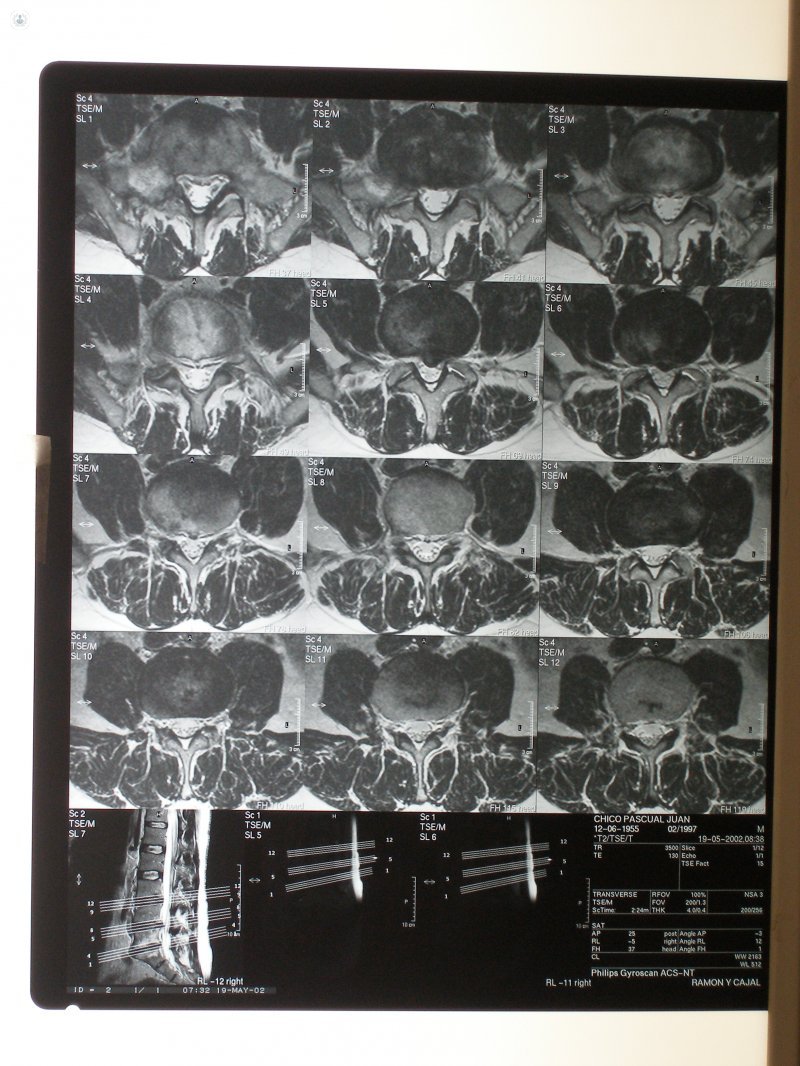
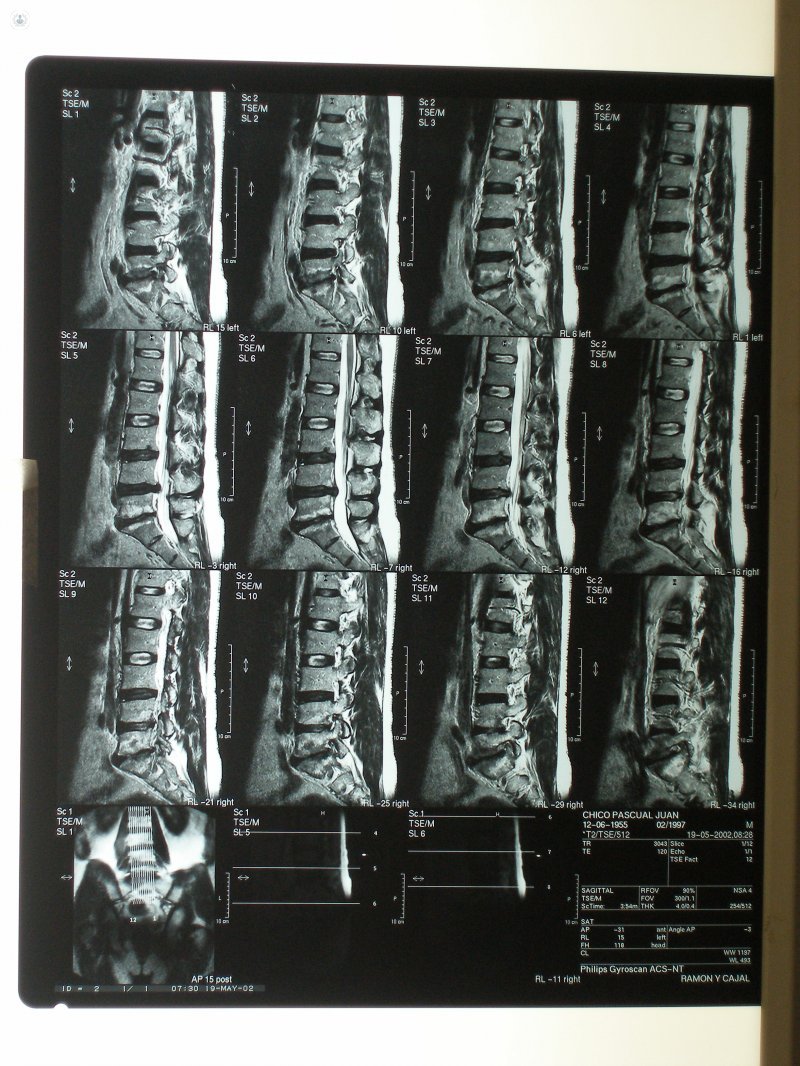
What is low back pain?
Low back pain or lumbago is the most common manifestation of the "lumbar osteoarthritis" and is the result of inflammation that occurs in joints and ligaments of the vertebrae, which are irritated. These pains can be permanent or passengers and feature associated with contractures of the lower back and buttocks models. In most cases these symptoms are tolerable and allow a normal life.
Sometimes damaged discs end protruding, causing a herniated disc. In almost all cases hernias are generated in previously damaged discs. Often discs lose height resulting in what is commonly called "impingement". When disc damper loses its function, the distribution of the load is transferred to the joints and ligaments, and reacting hipertrofiándose narrowing the channel where the nerve roots run. Moreover mechanical alterations in mobility between the vertebrae.
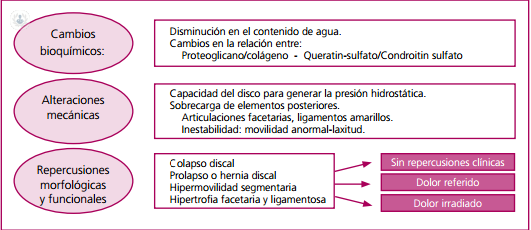
Lumbar radiculopathy is the painful consequence that occurs when one or more nerve roots are irritated in the channel along which in the lower lumbar spine. Herniated discs, hypertrophic joints and mechanical alterations derived from osteoarthritis often contribute in the root irritation.
When irritated nerve root pain throughout their journey is caused by leg. This pain is commonly called sciatica or sciatica. Sometimes numbness and tingling occurs in the foot or leg. Sometimes the root loses its function and consequently weakness or paralysis may occur.
The stenosis is the clinical picture that occurs when all of these changes narrow the channel critically. Then the nerve roots are tightly compressed within the spine. The most common result is claudication gait or inability to walk short distances for pain and tiredness in the legs. Typically the patient has to sit to relieve their pain every few meters.


